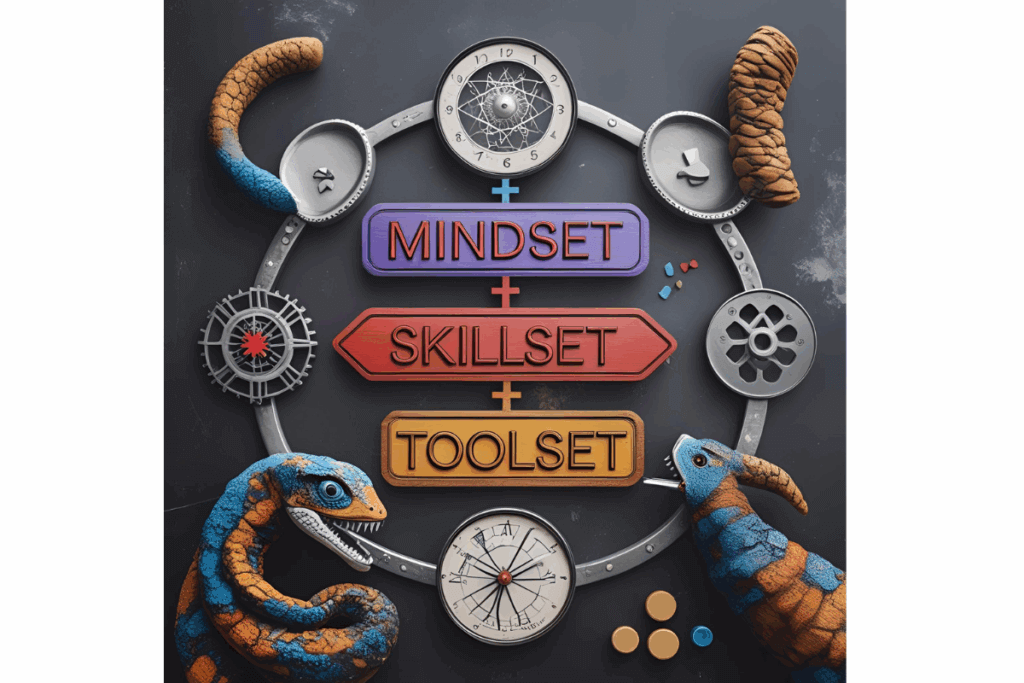Operating Model, Strategic Services
After 25+ years helping companies navigate HR, finance, IT, and shared services transformations, I’ve witnessed firsthand how rapidly the business landscape is evolving. The rise of AI is reshaping job roles and creating new possibilities for people-technology collaboration, while economic pressures demand organizations do more with less, which is not a new request. Companies need operating models that are adaptive and able to flex with changing market conditions, emerging technologies, and evolving internal and external customer expectations.
Most organizations I work with have inherited their operating models rather than designing them. I’ve seen this pattern repeat itself countless times. Companies evolve organically over time, adding processes and structures as needed, until one day they wake up and realize their operating model can’t handle the pace of change.
When most organizations attempt to redesign how they operate, they jump straight into technology solutions (worst case) or process redesign (better, but incomplete). This is totally understandable. They are tangible, visible changes that feel like progress. But without a clear foundation, you end up with fragmented initiatives that don’t stick. The most successful operating model redesigns I’ve helped with start differently by mapping organizational capabilities first.
What Are Business Capabilities?
Think of capabilities as what your organization needs to be able to do, regardless of how you currently do it. Unlike processes, which describe the step-by-step activities, capabilities focus on outcomes. They’re stable and enduring – the fundamental building blocks that remain consistent even when your processes, technology, and organizational structures change around them.
For example, “Customer Onboarding” is a capability. It exists whether you handle it manually with paper forms, through a fully automated digital system, or some hybrid approach. The capability itself doesn’t change, but how you deliver it evolves. This distinction matters because it allows you to separate strategic intent from tactical execution, something that’s critical when you’re designing for an uncertain future.
Why Start With Capabilities?
An operating model defines how your organization creates and delivers value. It encompasses structure, governance, processes, technology, and culture – essentially, how all the pieces fit together to achieve business objectives. Most operating models I encounter evolved reactively, without strategic intent. That worked fine when change was slower and more predictable. It doesn’t work now.
Capability mapping provides the strategic foundation for intentional operating model design. By first identifying what your organization needs to be able to do well, you can then design how to organize, govern, and execute those capabilities most effectively. It’s the difference between building on solid ground versus shifting sand.
The Mapping Process That Works
Connect Capabilities to Strategy: Start by linking capabilities directly to your strategic objectives. If your strategy emphasizes customer experience, identify capabilities like “Customer Journey Management,” “Personalized Service Delivery,” and “Omnichannel Support.” This ensures your operating model supports your strategic goals instead of just maintaining the status quo.
Distinguish Core from Supporting Capabilities: Not all capabilities deserve equal attention or investment. Core capabilities directly contribute to competitive advantage and customer value creation. Supporting capabilities are necessary but often candidates for standardization, automation, or outsourcing. Making this distinction guides where you invest your time, money, and leadership attention.
Assess Current Reality: Evaluate how well your organization currently performs each capability. This isn’t about process efficiency at this stage. It’s about outcome effectiveness. You might have highly efficient processes that still deliver poor results due to skill gaps, technology limitations, or organizational silos. Be honest about what’s working and what isn’t.
Identify the Gaps: Compare your current state against future requirements. Where do gaps exist? Which capabilities need enhancement to support your strategic objectives? These gaps become your transformation roadmap. While it may feel like a wish list, it’s really a practical guide for where to focus.
Designing the Operating Model
With capabilities clearly defined and assessed, you can design an operating model that enables them. This involves several key decisions:
Organizational Design: How should capabilities be organized? Should “Digital Marketing” sit within IT, Marketing, or operate as a shared service? Capability mapping reveals natural groupings and helps eliminate the organizational silos that fragment delivery.
Governance Structures: Who owns each capability? How are decisions made? Clear capability definitions provide logical accountability boundaries, making governance structures more effective and less political.
Technology Architecture: What technology is needed to enable each capability? By starting with capabilities rather than available technology solutions, organizations avoid the common trap of implementing tools that don’t align with business needs—something I see far too often.
Process Integration: How do capabilities work together to deliver customer value? This reveals where process integration is critical and where standardization makes the most sense.
The Payoff
Organizations that use capability mapping to design their operating models see several advantages that make the effort worthwhile. First, they achieve better strategic alignment because every element of the operating model connects back to defined capabilities that support business objectives.
Second, they make smarter investment decisions. Instead of funding isolated process improvements or technology implementations that may or may not add value, they invest in capability enhancement that delivers sustainable competitive advantage.
Third, they build more resilient organizations. When change occurs (and it will), capabilities provide a stable foundation. The organization can adapt how it delivers capabilities without losing sight of what it needs to accomplish.
Moving Forward
Capabilities mapping isn’t a one-time exercise you can check off a list. It’s an ongoing practice that should evolve with your business strategy. My advice? Start with your most critical capabilities, map them thoroughly, and use those insights to design operating model components that enable business success.
The transformation journey becomes much clearer when you know not just where you’re going, but what you need to be capable of when you arrive. And in my experience, that clarity makes all the difference between transformation efforts that stick and those that don’t.






